OMDoodle! Last week I experienced the negative side of Pavlov’s Theory with Harley while he worked his shift as a therapy dog…

Upon entering an ICU area, he literally went on strike – shut down (in terms of commands) right before my eyes waiting for a treat. #baconbeforepatients
Homeboy was off the preverbal “chain” with his antics. Filled with multiple emotions (annoyance, embarrassment, frustration – to name a few) I decided to –
- capture his tantrum with photos
- come home and do some serious internet research
Which has ultimately resulted in writing this post.
THE BEGINNING –
As a volunteer, Harley’s first assignment was the Pediatric Procedure Unit. That’s where he met Jennifer…

He adored going to that unit. In addition to the children, he quickly started to enjoy the nurses station. There he always received loads of attention…
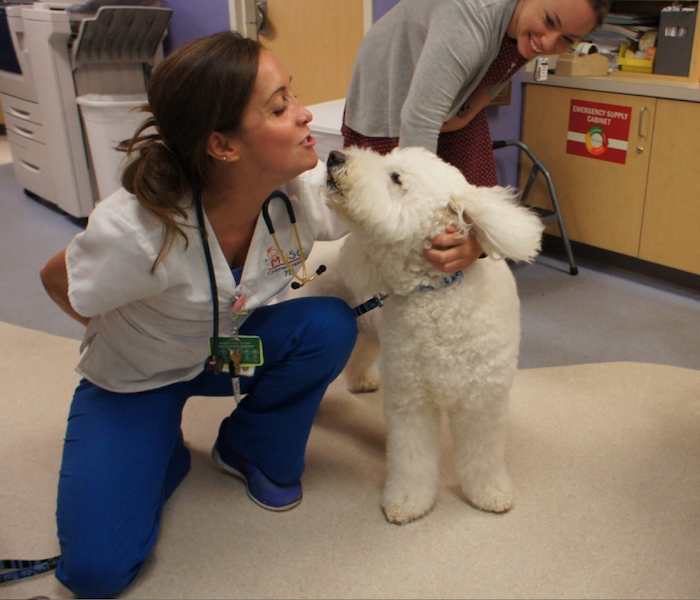
Each week, the nurses would offer up “top shelf” treats from their secret stash in the overhead cabinet behind their desks…
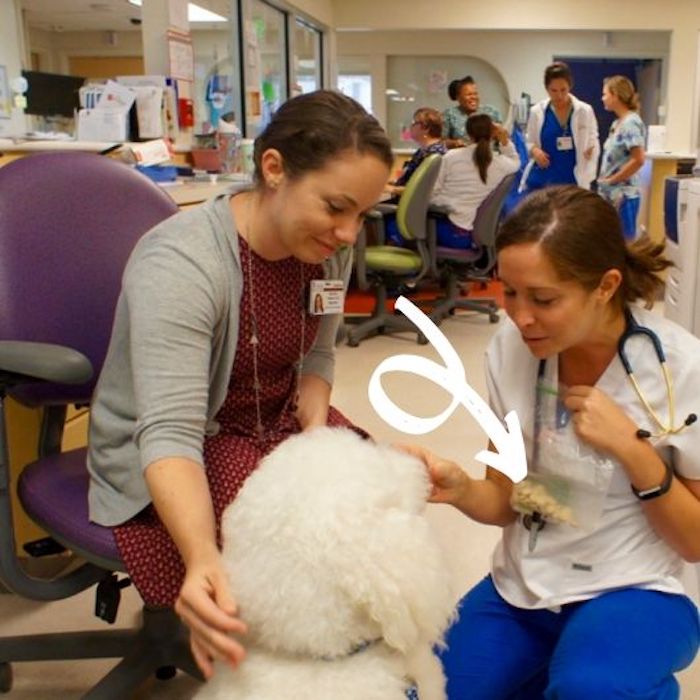
As soon as we’d exit an elevator, Harley would hop down those hallways, ears flapping in the air with excitement galore. He was about to cross the threshold of what equated to the “Willy Wonka Factory” of dog treats!
FAST FOWARD TO EMPLOYEE STATUS –
Once our status changed from volunteer to employee, so did Harley’s schedule. He was now at the hospital at least three days every week.
This, I believe, somewhat contributed to his weight gain, because every time he was with me, we went to Ped’s Procedure.
It wasn’t long before other units caught on and every floor just about turned into a “dog treat” festival…
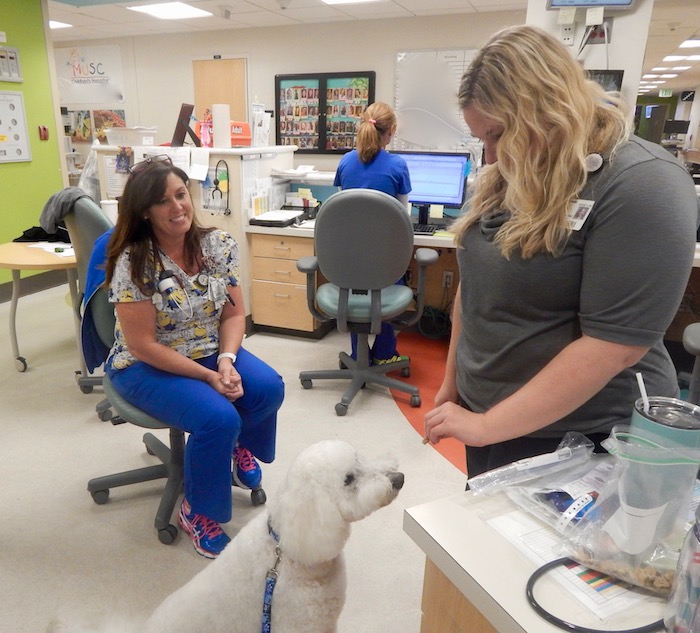
Fast forward to present days – specifically a couple of months ago when I noticed this paradigm shift in Harley’s willingness to comply. He was slow to follow commands, which required me to repeat myself more often.
This was not his usual behavior at work, and certainly not at home. When a nurse came by with a treat in her hand, Harley perked right up and I quickly caught on.
I was now hip to his game. #pickingupwhathewasputtingdown
SPEED UP TO LAST WEEK –
Last week was Harley’s first week back after much deserved vacation days and his behavior was both shocking and atrocious! Yep, I said it!
He was at his absolute worst. Stubborn, defiant – refusing to do anything – without a treat first. #howdoodledarehe
He ignored staff and pulled towards every nurses station he saw…

It was the battle of wills – and even though I won (no one was permitted to give him a treat) – I feel as if I lost because I was psychologically drained – spent – done!!!!
He wore me out, so much so, I couldn’t wait to search the wide world web for information.
CLASSICAL CONDITIONING –
Classical conditioning (also known as Pavlovian conditioning) is –
learning through association and was discovered by Pavlov, a Russian physiologist. In simple terms – two stimuli are linked together to produce a new learned response in a person of animal.
Simply Psychology
Pavlov discovered that any object a dog learns to associate with food would trigger the same response.
Harley’s devoted attention to the patients was actually triggered and driven by the treats he received when he entered a particular unit. It has since become something he expects when he enters ALL units.
REVERSING CLASSICAL CONDITIONING –
The more I read – the more I drank – but the more I also wanted to learn, especially when I found information about reversing classical conditioning.
I already understood how we got here. But now I wanted to know how do we get rid of this behavior.
Interestingly enough, there’s a reverse side to classical conditioning. It’s called “counterconditioning.”
I can reduce the intensity of a conditioned response by establishing a incompatible response to the conditioned stimulus.
Wiki
But REALLY – what in the Doodle does that mean?
It means that the unwanted response doesn’t actually disappear. I need to replace it with a new, wanted response. In essence – I’m trying to “up the ante” with a better reward then him receiving a treat from the nurses.
Since this is all new, I don’t have all the answers yet, This solution is truly a work in progress!
WORKING ON A PLAN –
At the end of the day, I know Harley enjoys visiting the patients…

AND the incredible medical staff…

He makes a difference when he’s there, and I have no intentions of discontinuing his work as a therapy dog.
Giving the reversal technique much thought – I may be able to “up the ante” by taking these steps –
- continue to prohibit the nurses from giving him treats
And when that becomes a learned behavior –
- increase the praise when he does what he is supposed to do
And when that becomes an acceptable reward –
- provide treats myself once we return back in my office
One can only try.
Monday here we come…

Any suggestions would be greatly appreciated.
If you’re reading this then I hope something good happens to you today ❤️

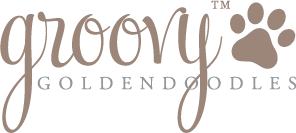





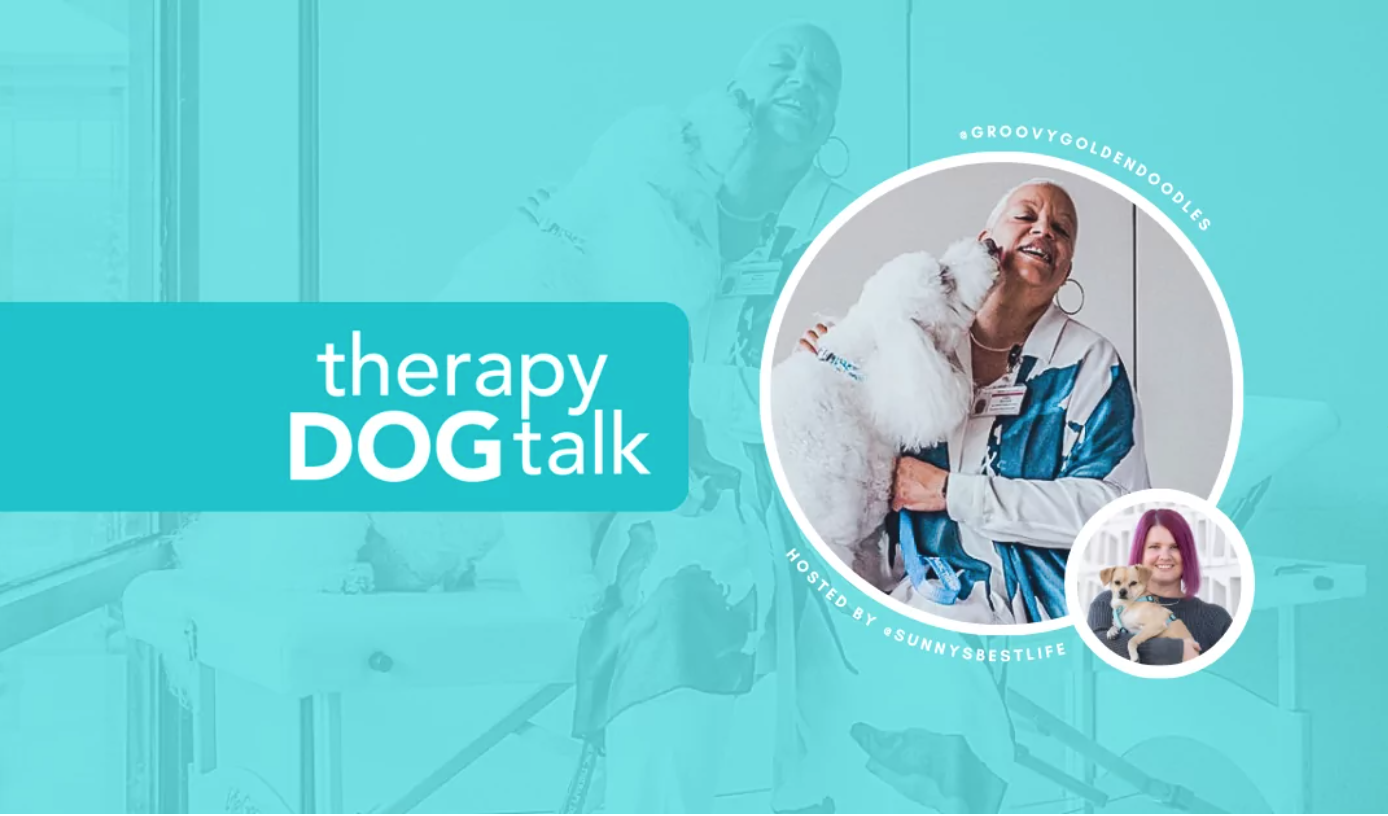
August 25, 2019
Can’t wait to see Harley this week! Treat or no treat.
August 25, 2019
Just give him loads of love Jennifer – nothing but loads of love. I will be down there one day with him (except Wed – I didn’t forget!) – much love my friend 🙂
August 26, 2019
Sam will sometimes slip into “won’t work” mode his-bad-little-self. I’ve put the nurses and staff on notice that he can’t receive treats. Sometimes he can last 3 hours visiting, other times just 20 minutes. Guess we all have off days. But if I limit the treats, he does a better job usually. Its keeps his attention level more primed for smile inducing encounters.
September 2, 2019
And that’s exactly what I did Told EVERYONE – not to give treats to Harley. It’s amazing how sad the nurses get LOL I tell them to give him hugs and praise so it’s a learning curve for all of us. So far, he’s accepting it a little better each new day. Let’s just see if it can become the new norm. Time will tell.
August 26, 2019
Since Harley loves praise and attention, make that his reward…you can make the praise soft and calm or OTT, depending on how well he performs his tasks. Back when Ducky was going through the worst of her IBS episodes, I had to discontinue ALL treats (and keep an eagle-eye watch over the hubby’s sneaky ways), so Ducky learned quickly what behaviors got her praise and which which didn’t. When I was able to start adding treats back in, I had to be careful which ones I used in order to avoid aggravating the IBS.
September 2, 2019
And that’s exactly what I’m doing. The other day, he did so well with my praise (OTT) that he was super excited to go to the next patient. It was a really busy morning so when we got back to my office, I allowed him to rest a bit and then after about 15 minutes or so, I gave him a treat in my office. It wasn’t instantly once we returned. It was a bit later. I will continue on this training until we are back to normal. Thanks so much for the advice, I appreciate you girlfriend 🙂
September 3, 2019
Joey and Charlie Charizard had different trainers, both excellent but encouraged treats as a reward. I chose to use praise, love and hugs so treats have never been a focus for them or conditional to their compliance with commands. They certainly understand the word “treat” and where they are located in our home but treats are rarely given for appropriate behavior or discontinuation of inappropriate behavior.
Thanks for directing me to your blog. You’re a great blogger.
September 3, 2019
Hello Vicki! Thanks so much for checking us out and WELCOME to Doodleville. This is where I spend most of my free time, with my virtual friends across the globe. Feel free to peruse and subscribe should you choose. I didn’t use treats either – but the staff at MUSC sort of got him hooked and when we were volunteering only once a week it wasn’t a problem. That and the fact that I didn’t visit many units. Now it’s out of hand and I had to put a stop to it. Harley is a quick study. He’s realizing his behavior is not wanted and doesn’t please me. The final exam will be at the Summer Medical Pavilion when he sees Lindsay and Jennifer next week. They are the original “pushers” so this will be the true test. I’ll keep you posted. Take care and stay dry – be safe 🙂
August 26, 2019
Really, who knew that could happen?? I have a hard time wrapping my brain around all that “scientific” stuff, so good luck to you!
I see a similar thing with Luke when we go on walks and he stops every few feet looking for a treat, even when he did nothing to earn it. If he listens to a command,, that’s OK, but sometimes he just randomly stops for no reason other than he wants a treat!
I think it’s the price we pay for dogs being so darn smart!! 🙂
September 2, 2019
Hey Jan, his behavior was so ridiculous I had to make it a point to research his one. I only take him to work 1.5 days a week now, Jaxson is going about three days. So his time around the nurses is much more limited, but he doesn’t forget. The last time I took him, he was slightly better in a few units, but those favorites – he turns into the treat monster. It’s a process and I refuse to give up. I need him to do what he’s supposed to do in the hospital. It’s a must! I’ll keep you posted.
October 9, 2019
I very much enjoyed your post. I have a dream my doodle, Cabo, will one day be a therapy dog in the same way Harley is now. We’re working on the skills to pass the Canine Good Citizen test first. Just a few more glitches to work out. Harley is a gorgeous doodle. Do you groom your doodles yourself?
October 14, 2019
Hello Lisa – I do not groom them, well I bathe them and blow dry them, but as far as “grooming” in the traditional sense, “cutting” no I do not. They would look crazy if I did. I think the hardest part (for me) is finding a groomer that I really like. I had one in VA that I adored, but moving to SC has had it’s challenges for sure. I encourage you to pursue your dream of becoming a pet therapy team with Cabo. This has to be the most rewarding experience I’ve ever encountered. If you want to know what the certification test looks like – visit Alliance of Therapy Dogs website and check out their videos. They have a couple of demonstration videos of what the evaluation entails. It will help you understand what is required for therapy dogs. If I can ever be of help to you, please do not hesitate to reach out. I am always excited to talk pet therapy!